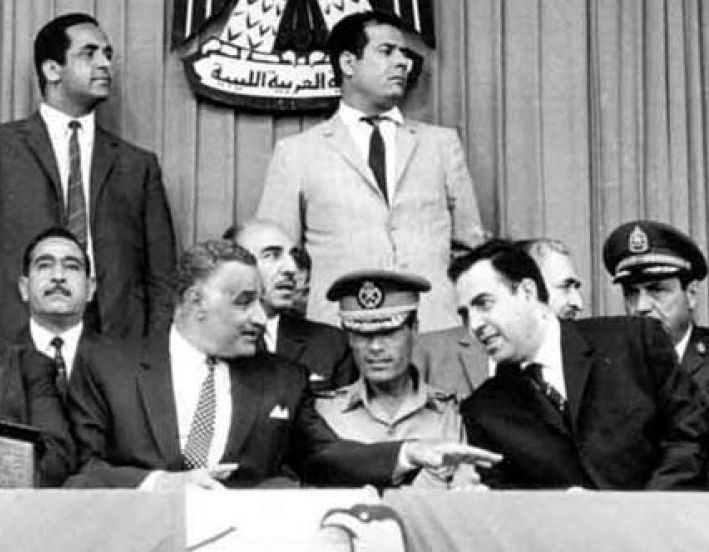November 4, 1966
Egypt and Syria sign a mutual defense treaty and create a joint military command. The move comes amid constant low-level violence on the Israeli-Syrian border, characterized by Syrian guerrilla raids and shelling and by retaliatory Israeli raids and airstrikes.
American intelligence reports suggest that the Soviets pushed the defense treaty on their two client states to provide a strong, united front against Israel and to deter the Syrians’ military adventurism by yoking them to Egyptian leader Gamal Abdel Nasser. Israeli Foreign Minister Abba Eban, however, thought Nasser could not significantly change Syrian actions. Indeed, under the treaty, Nasser faces greater popular pressure to join in attacks against Israel.
Egypt and Syria had concluded an earlier mutual defense treaty in 1955, and they had merged to form the United Arab Republic from 1958 to 1961.
The nominal joint command proves to be a fiction in the June 1967 war, during which Egypt bears the brunt of the initial fighting in the south while Syrian forces hang back and shell northern Israel from atop the Golan Heights. Egyptian and Syrian generals have almost no contact with each other and instead rely on propaganda radio broadcasts, which are not helpful in planning strategy.
The defense treaty becomes irrelevant after Egypt makes peace with Israel in 1979 and Syria does not.



